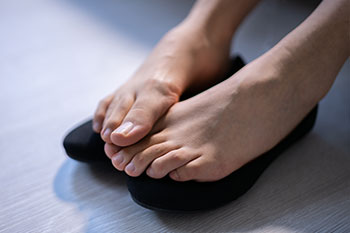Hyperhidrosis

What is hyperhidrosis?
Hyperhidrosis is abnormally excessive sweating that is not necessarily related to higher temperature or exercise. The sweating may be so severe that it soaks through your clothes and drips off our hands or feet. This can cause social anxiety and embarrassment. Sweating is your body's mechanism to cool itself. When your body temperature rises your nervous system automatically triggers the sweat glands. In hyperhidrosis the nerves responsible for triggering your sweat glands become overactive and call for more perspiration even when it's not needed. The problem becomes even worse with stress of nervousness.
What causes hyperhidrosis?
Often there is no underlying cause for heavy sweating and this condition is called primary hyperhidrosis. This type usually the sweating can be attributed to an underlying medical condition, it is called secondary hyperhidrosis. This type is more likely to cause sweating all over your body. Possible underlying health factors include certain medications, diabetes, menopause, low blood sugar, overactive thyroid gland, cancer, heart attack, nervous system disorders and infectious diseases.
Diagnosis of hyperhidrosis
During your appointment Dr. Fihman will ask about your medical history and conduct a physical exam. If your symptoms are obvious, it may be relatively easy to diagnose hyperhidrosis. Blood or urine tests may be ordered to determine if the excessive sweating is caused by another medical condition, such as an overactive thyroid or low blood sugar.
Treatment of hyperhidrosis
The goal of treatment is to control your heavy sweating. Once any underlying medical conditions have been addressed or ruled out, treatment will depend on the severity of the problem. Sometimes a combination of treatments is needed. Prescription antiperspirants are a first line treatment. When topical antiperspirants and other drying agents are ineffective, Botox has been used as a safe and effective method for the treatment of excessive sweating in the bottom of the feet. Its mechanism of action is to temporarily block the secretion of the chemical responsible for activating sweat glands and thus interrupts sweating at the area where it has been injected.
